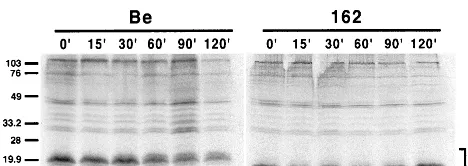Directional Transneuronal Infection by Pseudorabies Virus Is Dependent on an Acidic Internalization Motif in the Us9 Cytoplasmic Tail
Full text
Figure




Related documents
Radio and TV broadcast music related programmes which provide opportunities not just. to listeners but also to the
21 Department of Neurosurgery, Tangdu Hospital, The Second Affiliated hospital of the Fourth Military Medical University, 1 Xinsi Road, Xian, Shanxi Province 710038, People ’ s
In our study, consumption of high zinc biofortified wheat flour for 6 months compared to low zinc bioforti- fied wheat resulted in statistically significant reduction in days
the Siberian stonechats, whereas the growth rate towards adult wing length is higher in the European stonechats (note, however, that in the European birds the wing
Also, both diabetic groups there were a positive immunoreactivity of the photoreceptor inner segment, and this was also seen among control ani- mals treated with a
This thesis examines local residents’ responses and reappraisal of a proposed and now operational biosolid (sewage sludge) processing facility, the Southgate Organic Material
Recombinants harboring the SL3-3 coding region and the 3 9 end of the leader region (R-S1) or the entire non-LTR region of SL3-3 (R-S3) induced malignant lymphomas with incidences
The study revealed that the slow growing group had higher growth potential in further stages of development, but the fast growing sturgeons based on the



